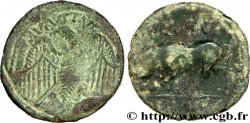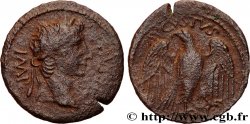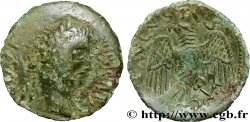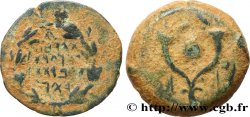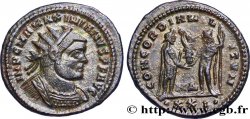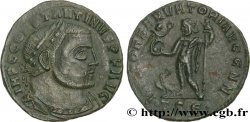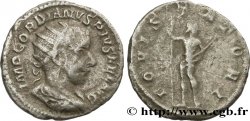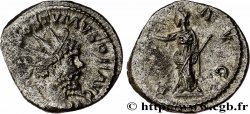E-auction 107-56750 - bga_239689 - CENTER, UNSPECIFIED Bronze au taureau, (semis ou quadrans)
You must signin and be an approved bidder to bid, LOGIN TO BID. Accounts are subject to approval and the approval process takes place within 48 hours. Do not wait until the day a sale closes to register. Clicking on « bid » constitutes acceptance of the terms of use of cgb.fr private e-auctions.
Bids must be placed in whole Euro amounts only. The sale will start closing at the time stated on the item description; any bids received at the site after the closing time will not be executed. Transmission times may vary and bids could be rejected if you wait until the last second. For further information ckeck the E-auctions F.A.Q.
NO BUYER'S FEE.
NO BUYER'S FEE.
| Estimate : | 180 € |
| Price : | 69 € |
| Maximum bid : | 69 € |
| End of the sale : | 04 May 2015 15:05:00 |
| bidders : | 8 bidders |
Type : Bronze au taureau, (semis ou quadrans)
Date: c. 15-10 AC.
Metal : bronze
Diameter : 18 mm
Orientation dies : 7 h.
Weight : 3,35 g.
Coments on the condition:
Portrait et taureau complets, mais frappe faible et usure marquée avec une patine marron mais très granuleuse
Catalogue references :
Predigree :
Cet exemplaire provient de la collection M. G
Obverse
Obverse legend : IMP - [CAESAR].
Obverse description : Tête nue d’Auguste à droite.
Obverse translation : “Imperator Cæsar”, (l’empereur césar).
Reverse
Reverse legend : [AVGVSTVS// DIVI F] À L'EXERGUE.
Reverse description : Taureau chargeant à gauche.
Reverse translation : “Augustus Divi Filius”, (Auguste fils du divin).
Commentary
Sur ce bronze, presque toutes les légendes sont hors flan ou au niveau d’une faiblesse de frappe.
On this bronze, almost all the legends are off-flan or at the level of a striking weakness
On this bronze, almost all the legends are off-flan or at the level of a striking weakness







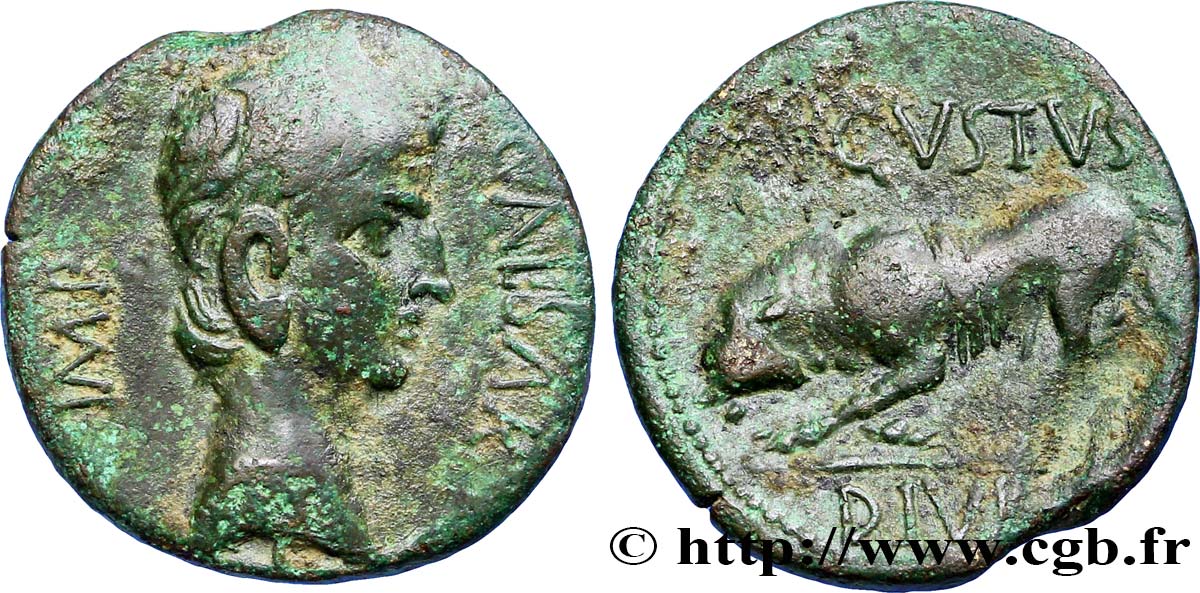
 Report a mistake
Report a mistake Print the page
Print the page Share my selection
Share my selection Ask a question
Ask a question Consign / sell
Consign / sell
 Full data
Full data